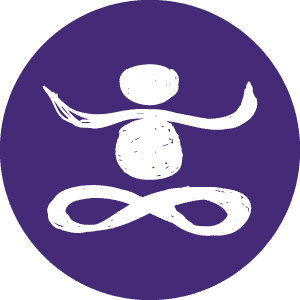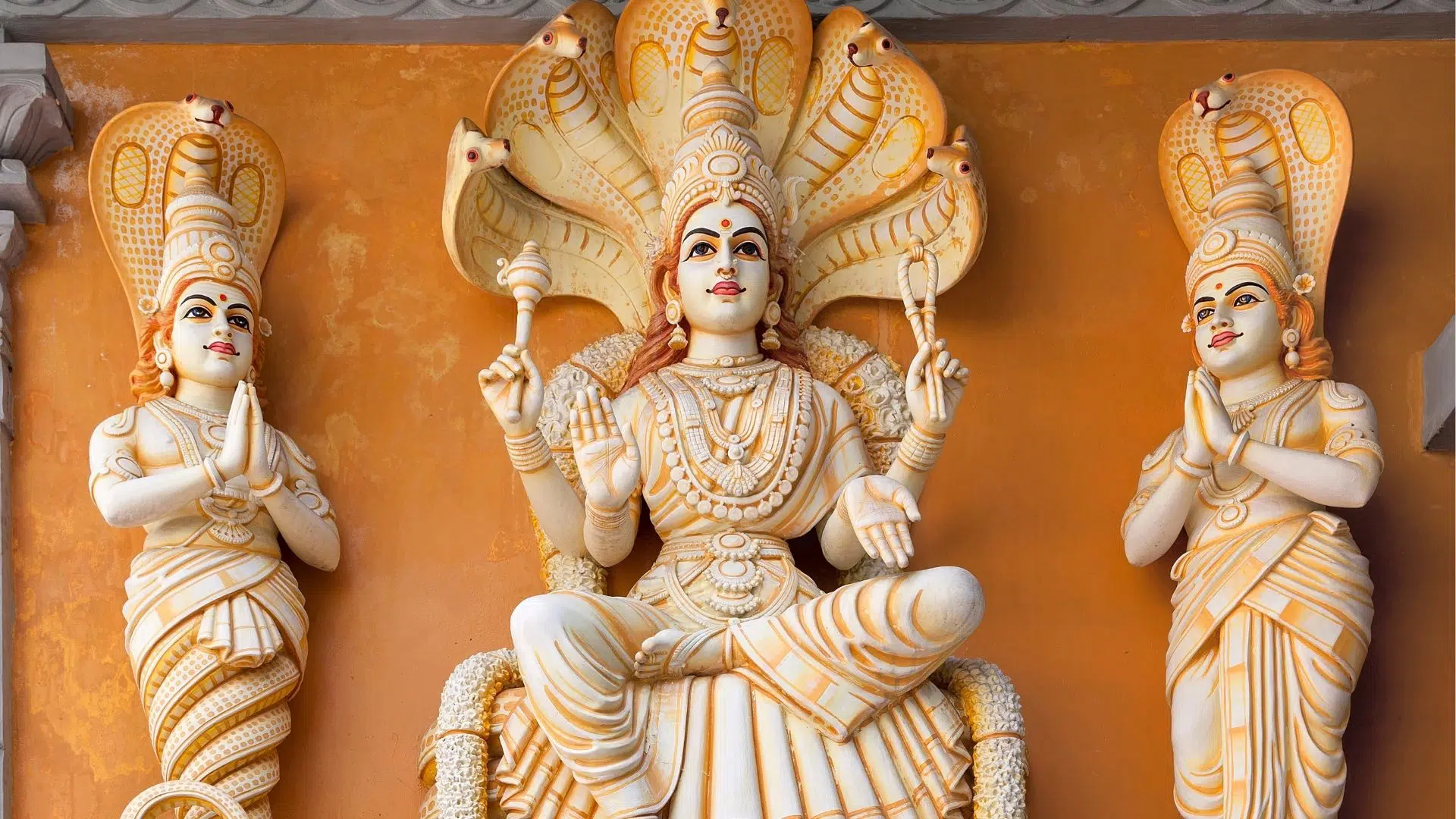As a teacher and student of yoga, I often look to The Yoga Sutras of Patanjali for inspiration. Introducing and inviting my students to apply the wisdom of the sutras with curiosity in asana class is one of my objectives as a teacher. It gives a richness to our practice that keeps yoga relevant as we mature as people and practitioners. And it points the way to the goal of yoga, which is liberation.
Sutra 2.1 Tapah svadhyaya isvara-pranidhana kriya yoga roughly translates as
“Kriya Yoga, the path of action, consists of discipline, self study, and faith”.
To me, the beauty of Sutra 2.1 is that it gives specific guidelines without being too rigid or prescriptive. If you’re familiar with the eight limbs of yoga, you’ll recognize three of the niyamas (personal practices – the second limb of yoga) as the components of Kriya Yoga.
Tapah is often translated as heat, austerity or discipline. In the context of the Yoga Sutras, tapah should be enthusiastic, self directed, and for positive change rather than punitive or for purposes of the ego. Svadyaya means self study, and it includes observation of one’s self, reflection, and study of sacred/historical texts. It is also helpful to find a trusted teacher or guide. Isvara-pranidhana, literally translates as surrender to the Divine. It can also be thought of as having dedication and faith in your true nature and the process of yoga.
If you want more out of doing poses than making shapes, I invite you to study the sutras, including the eight limbs of yoga. Doing so can enhance your understanding of the true goal of yoga and connect you to your innate goodness (ananda).








